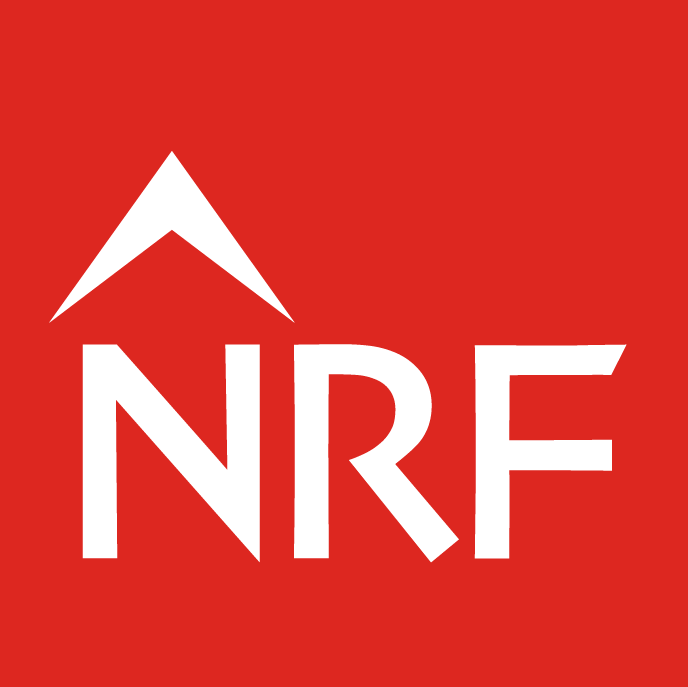Australian Key Insolvency Trends revealed by ASIC statistics
This blog article was co-authored with Shumi Ruan
Overview
As Australian businesses have begun to face the reality of the changing global macroeconomic conditions, it is increasingly important for companies and their directors to consider the risk of corporate insolvency as they navigate slower economic activity.
The latest statistics released by the Australian Securities and Investment Commission (ASIC) show that 7,942 Australian companies entered into external administration in 2022-23 financial year. This is up by nearly 50 percent compared to the previous year. These statistics also show that increased business distress is more acutely felt in the following high-risk industries:
- Construction;
- Accommodation and food services; and
- Retail.
Construction
The construction industry has traditionally been most affected by corporate insolvencies. Recently, it has been widely discussed in the media that construction industry has entered an “insolvency crisis”. Recent trends show that in each state and territory, there has been a steady increase over the last two years in the number of companies entering external administration or having a controller appointed for the first time. The majority of these companies have been based in New South Wales, Victoria and Queensland. Over the financial year to date, there has been a significant 73 per cent increase in the number of construction companies entering external administration or having a controller appointed.
ASIC recorded that the main nominated causes of failure for construction businesses were inadequate cash flow, trading losses and poor strategic management of the business. The sector is particularly impacted by labour force shortages and supply chain issues that have driven significant increases in raw material costs and the pressure of rising interest rates. Often, the prevalence of fixed-price contracts have meant companies are unable to navigate the financial losses. This situation has created a perfect storm which has caused the collapse of several notable builder companies including PBS Building and Victorian-based home builder Porter Davis.
Accommodation and Food services
Another sector which has experienced significant pain, resulting in increased defaults over the last 12 months, has been accommodation and food services. The number of hospitality businesses which recorded entering into external administration has increased by approximately 51 per cent compared to the past year. These numbers are closer to pre-pandemic levels, and have been driven mainly by poor economic conditions and trading losses causing inadequate cash flow.While the majority of defaults have related to small businesses, with less than 20 full-time equivalent employees, the indicators of insolvency have been consistent across the sector. Even where there was still demand for dining out or other hospitality services, costs to rent premises and train the required staff have been increasing. The large majority of external administrators’ and receivers’ reports indicated that more and more companies were not paying statutory and other debts when they fell due.
Retail
Similarly, insolvency appointments in the retail sector increased by 69 per cent over the last year. This has been contextualised in the shift in household spending away from retail toward the rising cost of groceries, utilities, health and education. This year-on-year comparison is reflective of low growth in retail sales, stalling cash flow and reported poor strategic management.Amid ongoing supply-side difficulties, the sector has seen plateauing in retail sales. As economic uncertainty and depressed consumer confidence prevail, and monetary policy continues to tighten both globally and in Australia, the sector is not guaranteed to see an uplift in spending that would slow down this trend. The magnitude of companies facing external administration and insolvency is not limited to small businesses and has also affected national brands and other prominent franchises nationally.
Conclusion
Insolvency statistics over the last 12 months have outlined a confronting reality, with nearly all sectors reported increases in insolvency appointments over the past 12 months (the one exception according to ASIC being ‘Other services’, which encompasses a broad range of business and personal service companies).
As outlined above, the key drivers of external administration are financial, however the outcomes can be extremely varied and complicated. It is important for companies to be aware of the early warning signs, and have the right financial and legal insights. This is the most effective way to build a risk management strategy which will account for the viability and capacity of all key stakeholders, including customers, partners and suppliers.
Source - ASIC: The first time a company enters external administration or has a controller appointed–Industry type, FINANCIAL YEAR TO DATE (Released 7 August 2023)


